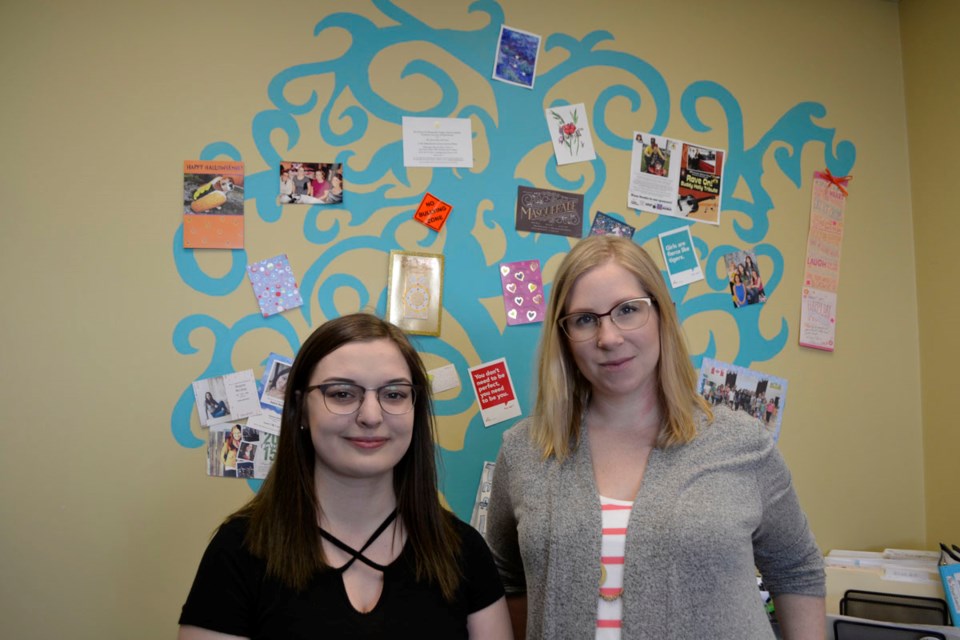This year, Cornerstone Family and Youth will celebrate 10 years of growing young gardeners through their Outdoor Exploration Club.
           “I think it's really important for kids to know where their food comes from,” says CFY Corodinator Jenn Sedor. “We've tweaked the program over the years - and depending on growing conditions, we've had varying results, but ultimately, that's our goal.”
           This year, the project encompasses eight garden beds and an Early Childhood Garden on the patio of the Carlyle Public Library.
           “Our Early Childhood Garden on the library patio will be made up of a few decorative flower pots which will contain tomatoes, herbs and lettuce,” says Sedor. “That garden is in place so families and some of our littlest people can tend it on a drop-in basis when they visit the library.”
           “It's there so kids can see how gardens grow from a young age.”
           “We also work with Carlyle Elementary School,” adds Sedor. “There's a small 'Lot of Hope' behind the elementary school just off the playground. There are eight garden beds built there in partnership with the Carlyle and District Lions Club.”
           “We work with CES students until the school year ends and then the project is overseen by us,” says Sedor. “We start the process with students from kindergarten to grade six as part of after-school programming.”
           “During the summer, these beds become a component of CFY's camp programming and in fall, the harvesting, the turning of the beds bring us back to working with CES students.”
           The gardens are organic and pesticide-free with a rain catchment system, says Sedor.
           “ In an effort for our gardens to be sustainable and as healthy as possible, we do a pollinator garden to benefit bees. That particular plot includes lavender, bee balm, coneflower, echinacea and other plants,” says Sedor. “The pollinator gardens won't look 'kept.' Instead, they'll kind of look like a wild, English garden that is there for the bees.”
           “We'll also have our first crop of caterpillars and Painted Lady butterflies - native to Saskatchewan - and we'll be releasing them, too.”
           “Through the years, our produce crop has met with varying degrees of success,” says Sedor with a smile. “In one instance, we found that a little gardner liked our pepper crop so much, that they consumed almost all of it. But that's okay.”
           “We're also hoping to grow loads of tomatoes, beans, peas, pumpkins and squash - and if we do have a surplus, we plan on donating it to the food bank. That's one of our ongoing goals, too.”
           “However, right now, the relatively small amount of produce we grow, is served back to our programming for snacks.”
           “When kids get the chance to participate in the entire process of producing food, it's enriching for them, their families and the entire community,” says Sedor. “I'd like to welcome families to contact us about our programs.”
           “We'd love to give them the chance to get their hands dirty!”
           For more information, visit: .




